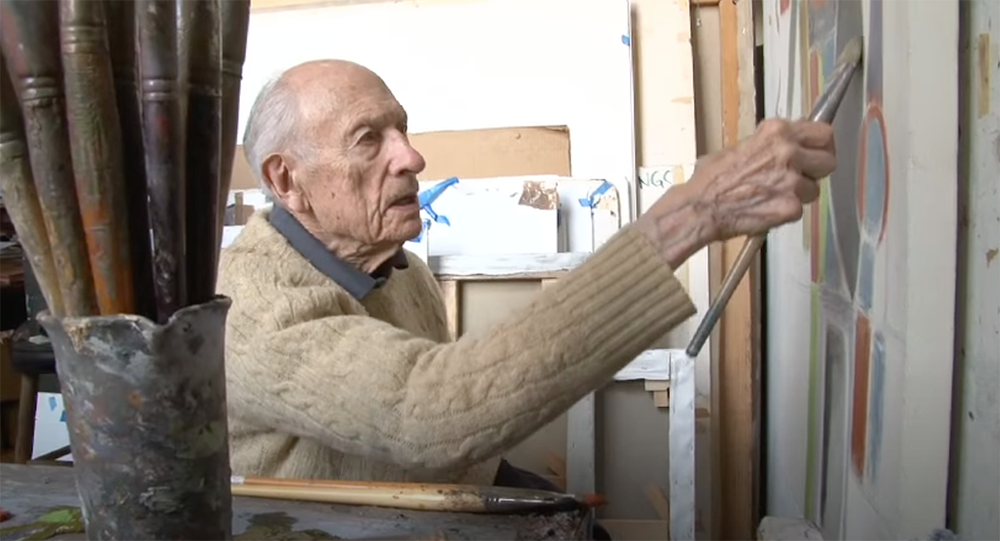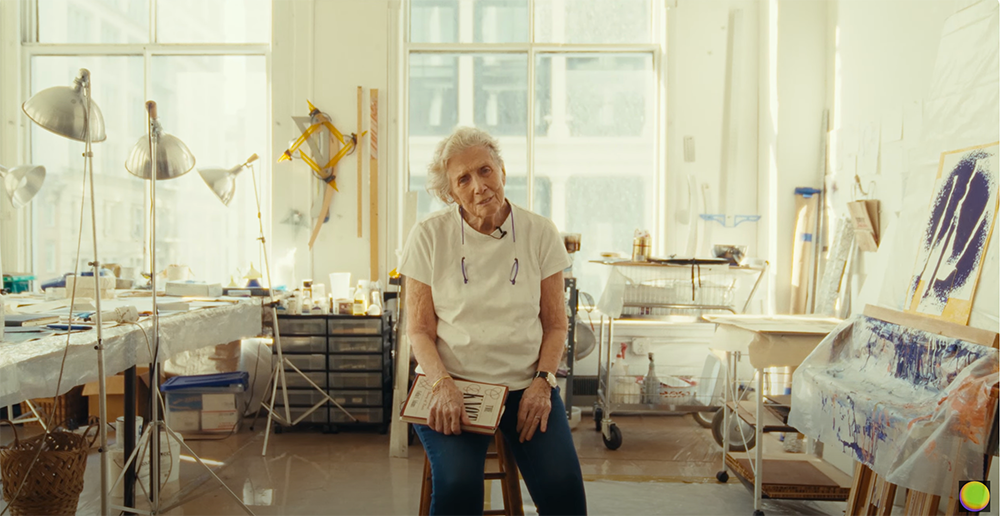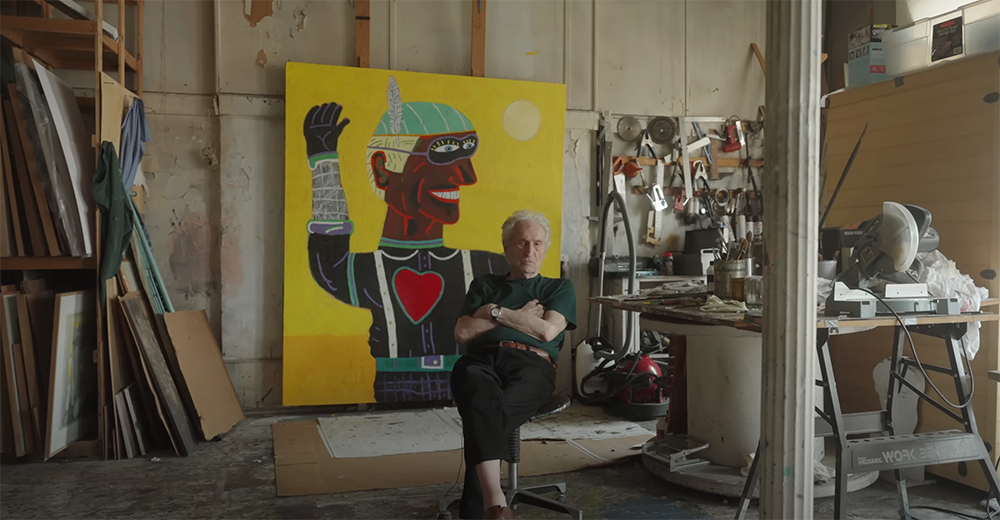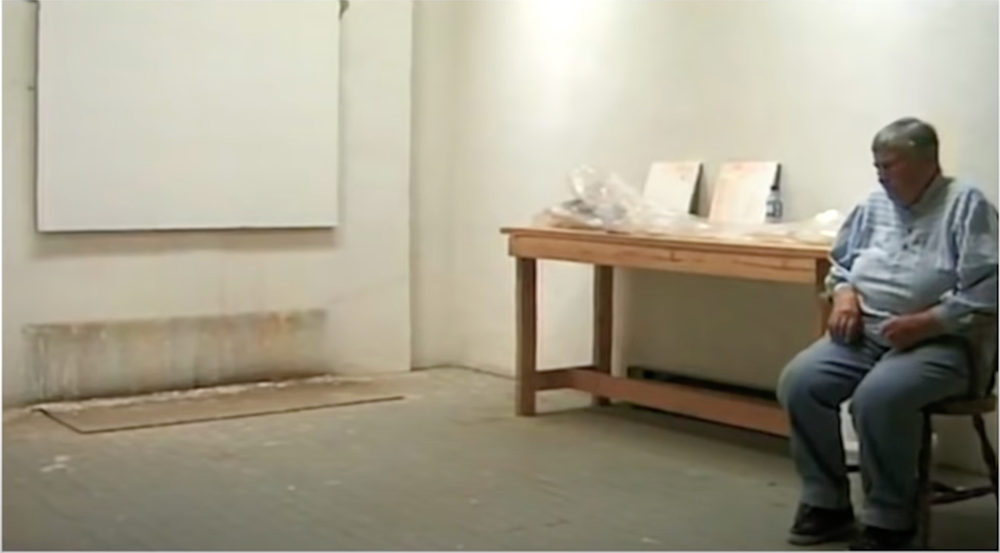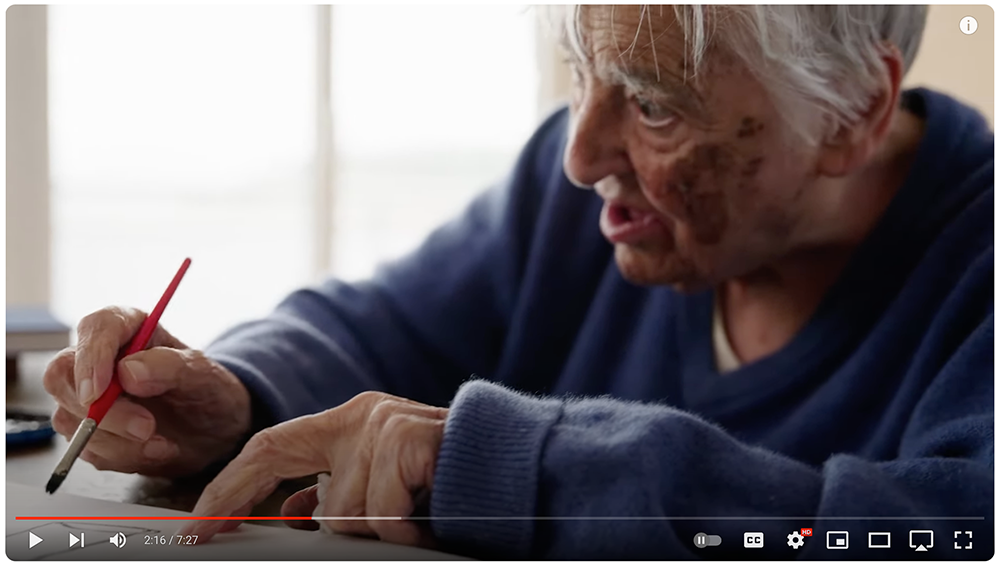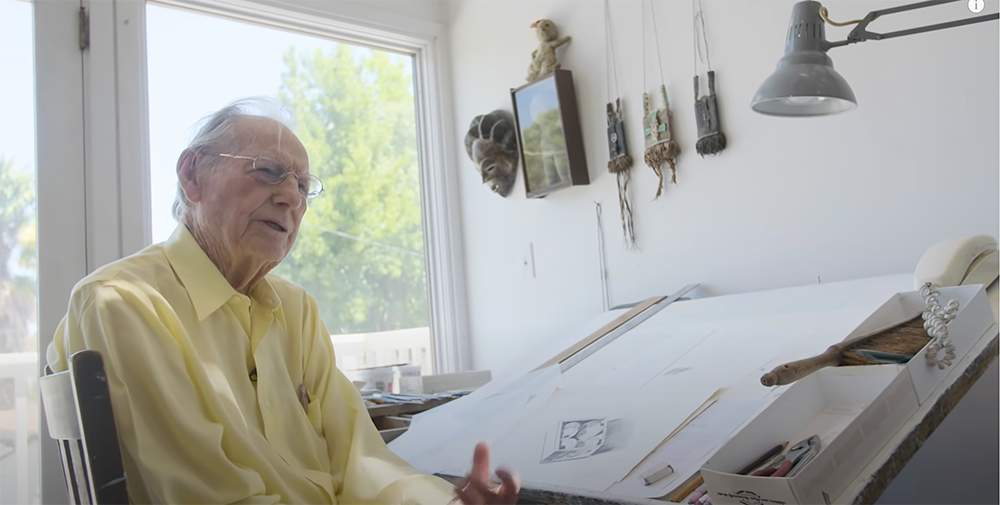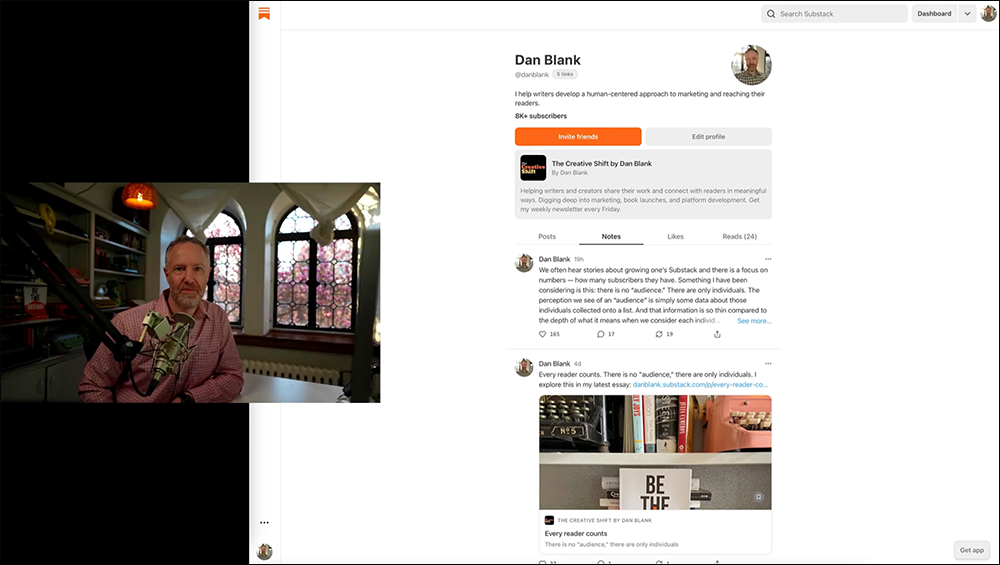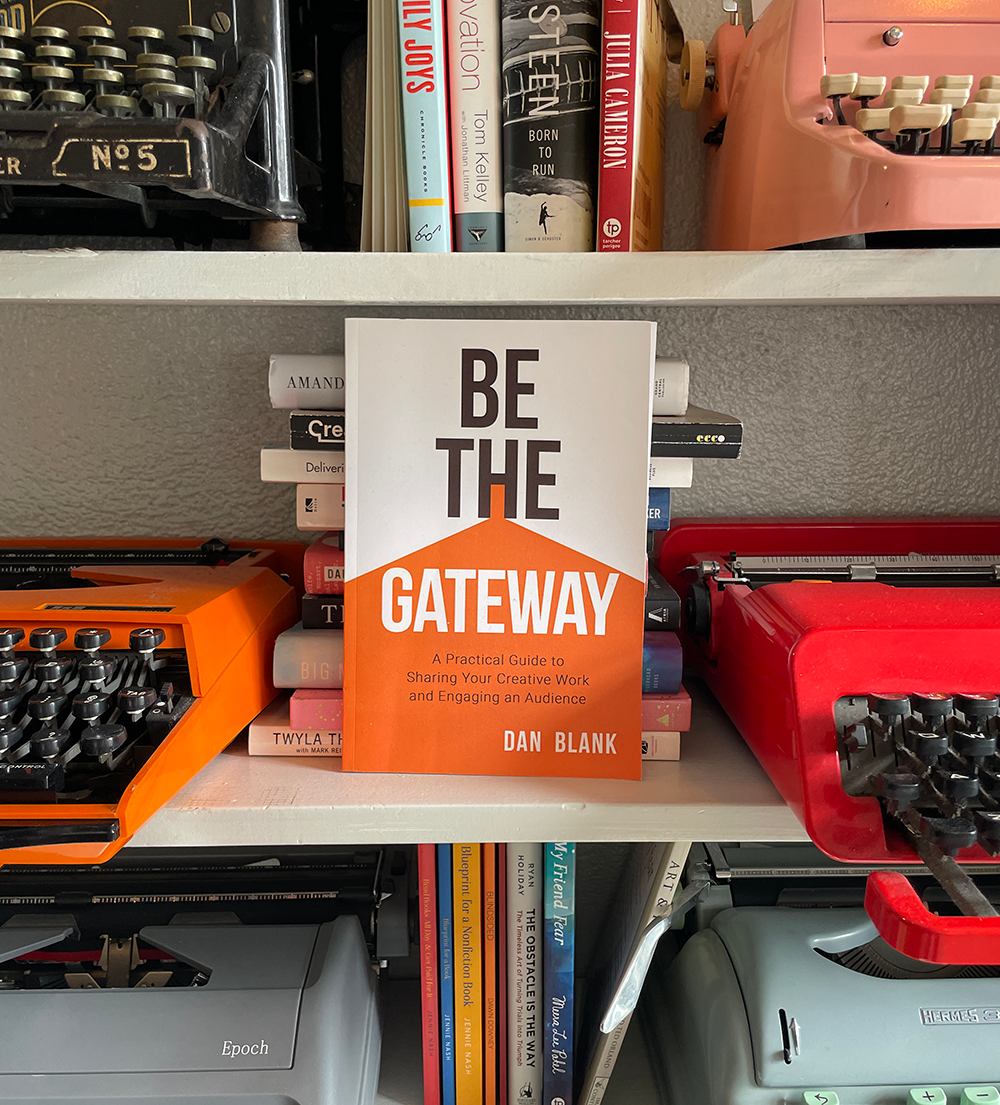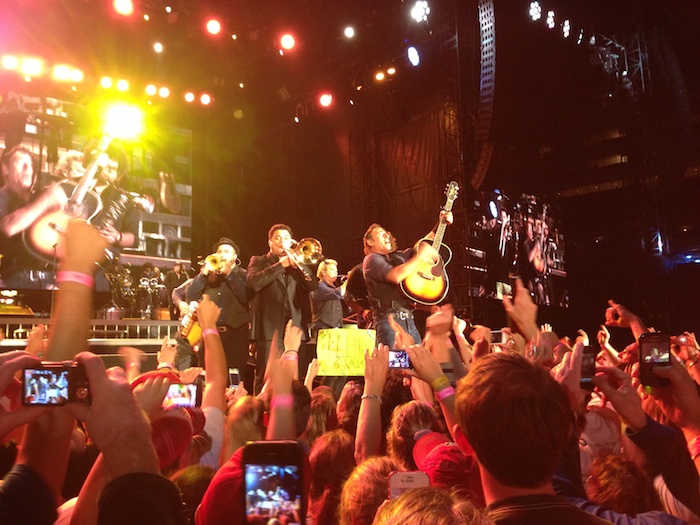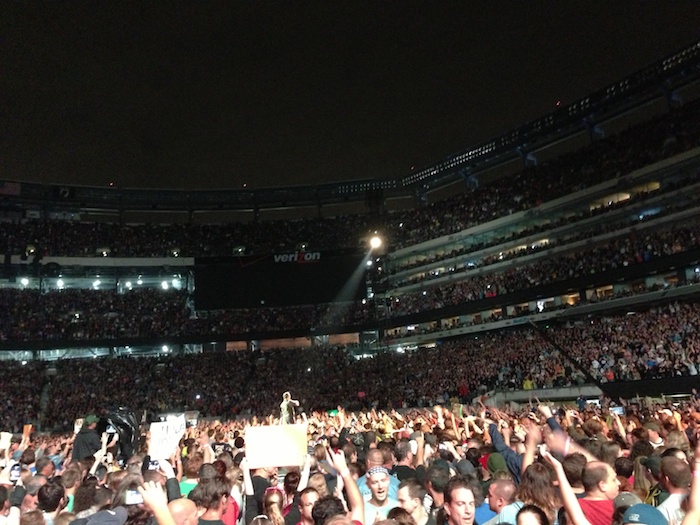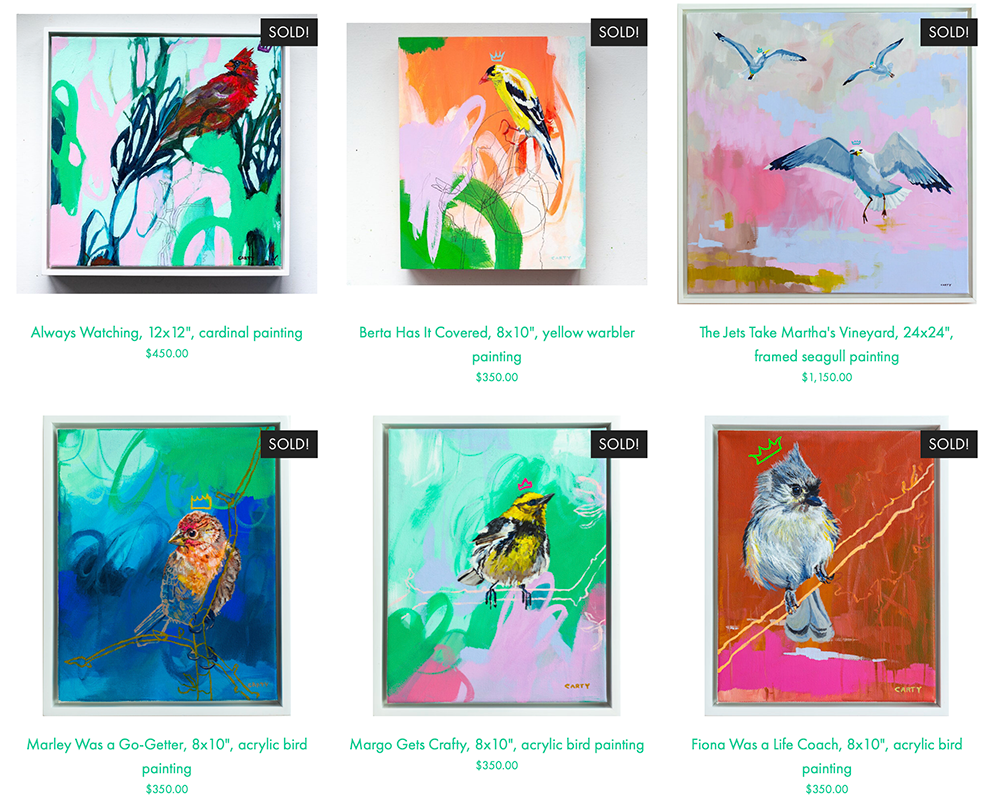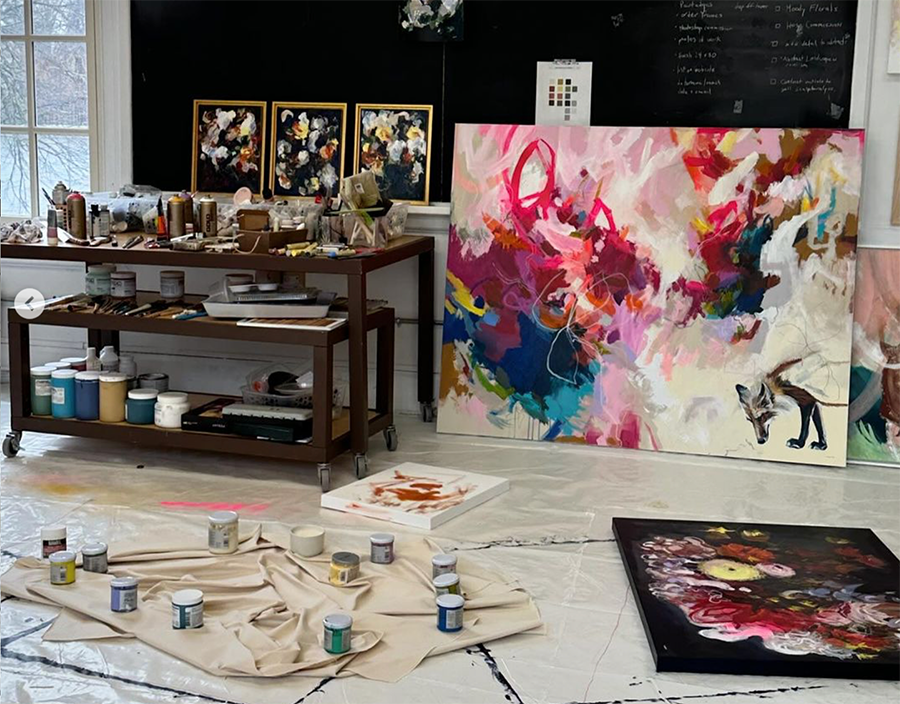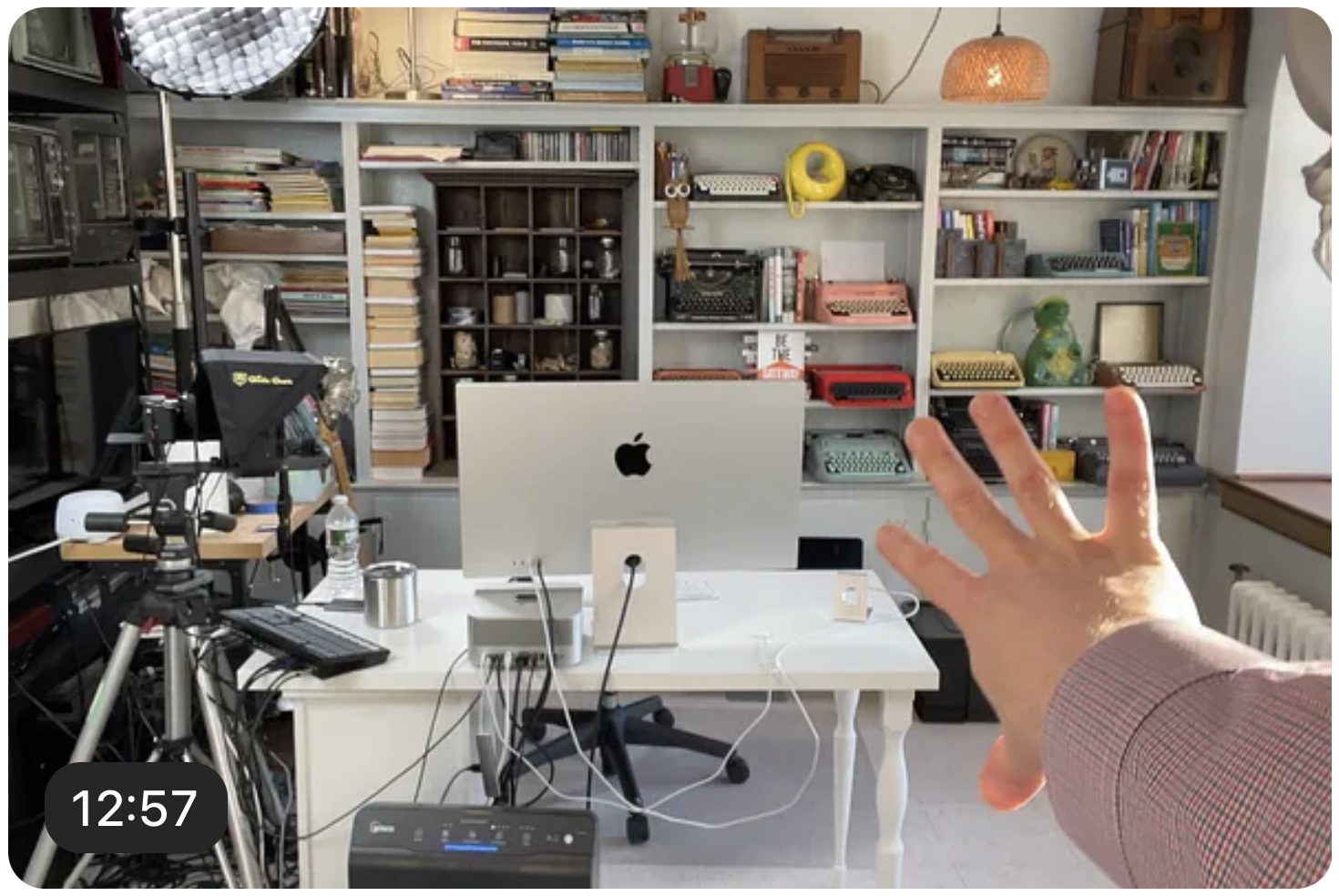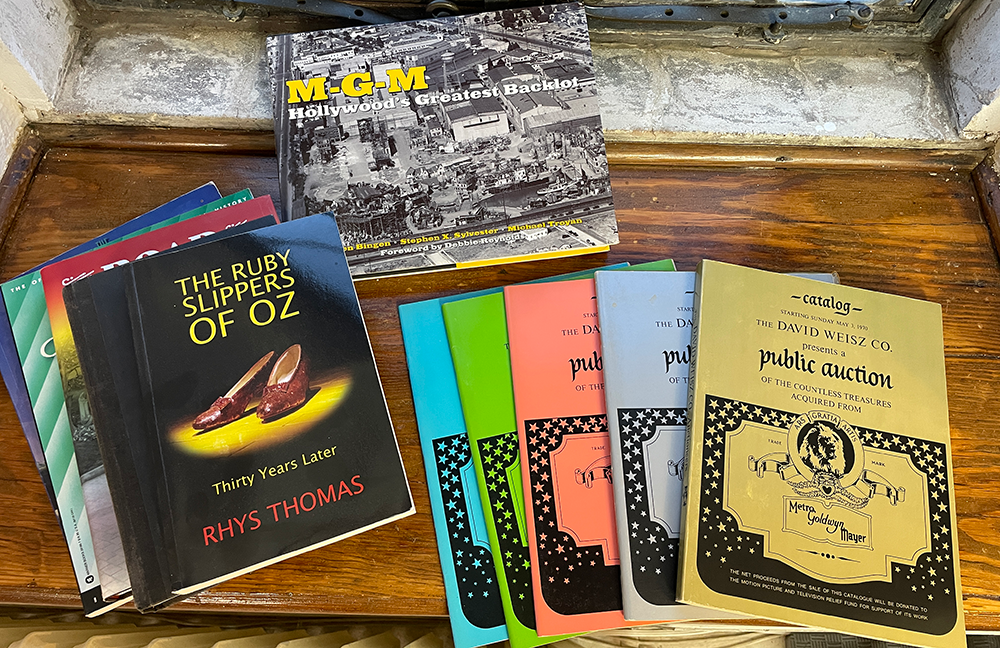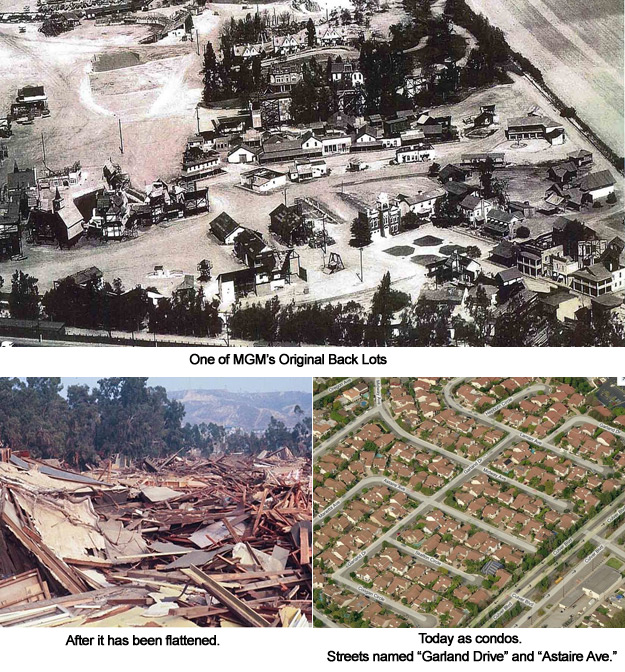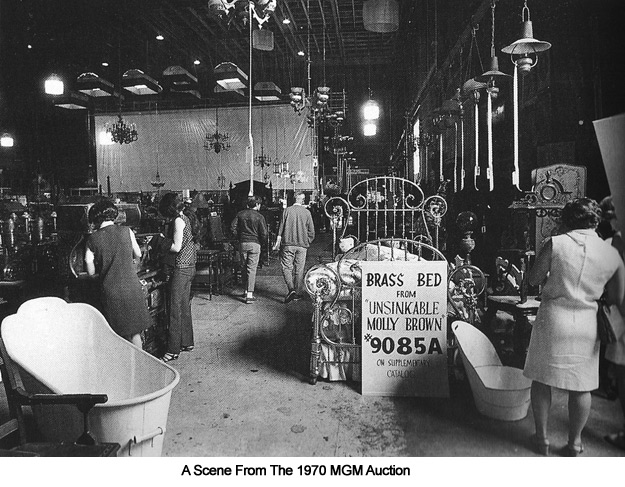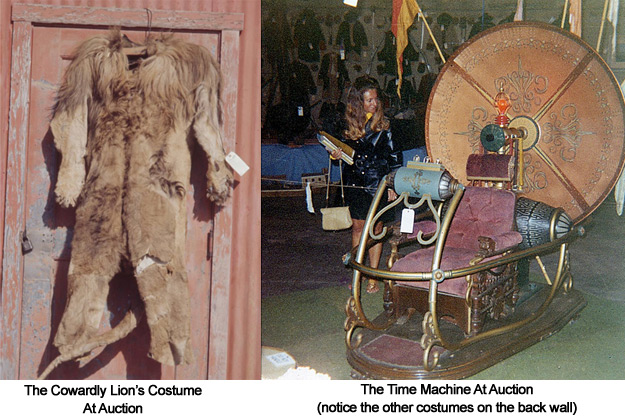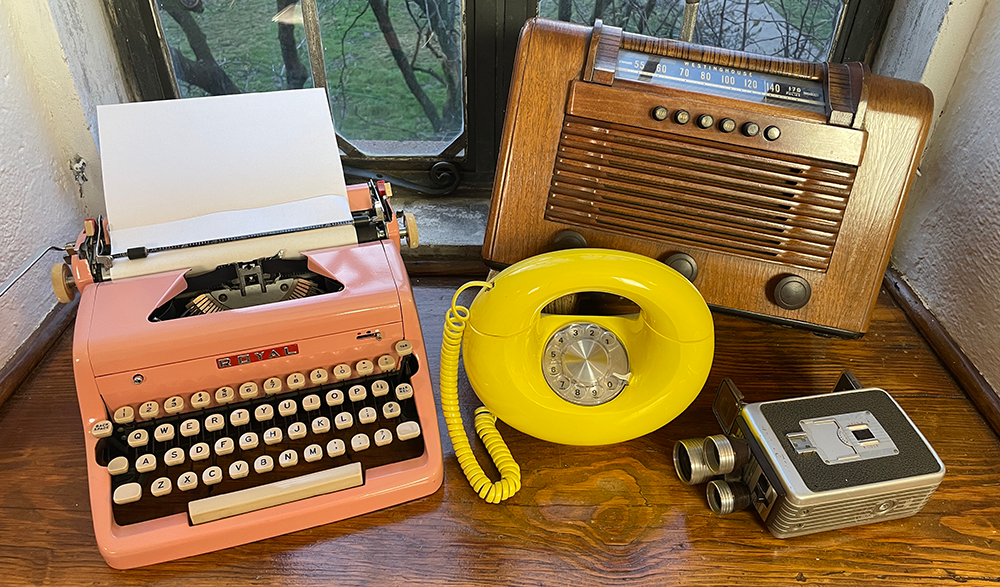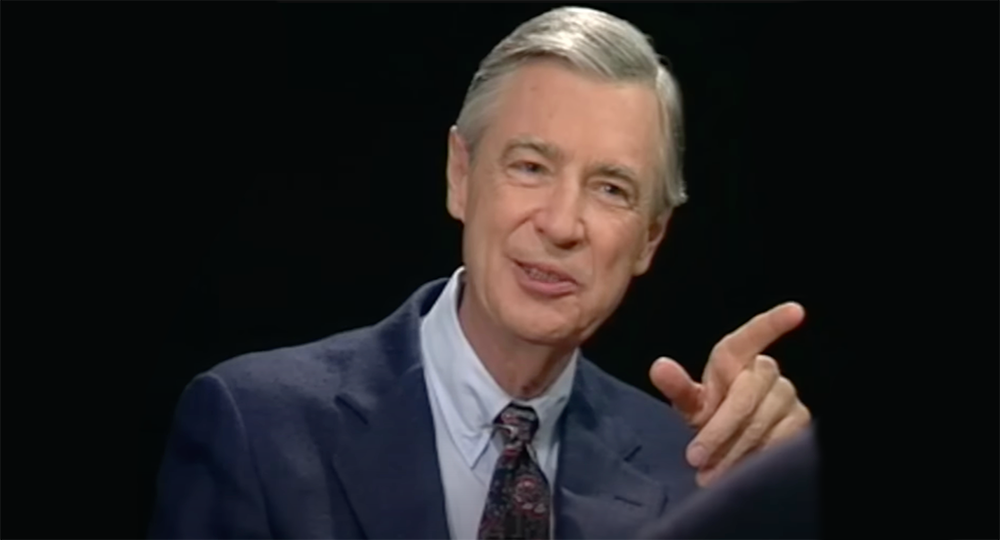Today I want to share a case study on “going viral,” and consider the deeper value beyond the big numbers. What is viral? When something you share seems to take on a life of its own, reaching more and more people. Sometimes that is because a social media algorithm “chose” it to be shared with a lot of people. Other times someone who has a large audience shares it. Often, these things can play off each other, an algorithing triggering an influencer to share it or vice versa.
Now, a lot of people think, “Hey, I would love to go viral, but it’s luck, right?” Yes. And no.
One thing I want to focus on are specific things that each of us can do to encourage this luck to happen. But here is the key: to have a meaningful experience with your writing and readers along the way. Too much marketing advice out there focuses on tactics that people don’t find joy in, but they do it because they hope for some great reward. I think all of this can happen while also giving you a sense of deep personal fulfillment.
I’ve often said that while it there is tremendous value in the creative process itself, I find that magic happens when something you write mixes with the mindset and life experience of a reader. Something new is created, a combination of the intention in your writing, and the way a reader receives it. In this moment, writing changes our lives for the better. That is the power your writing has. Okay, let’s dig in to today’s case study…
I Went Viral on Substack
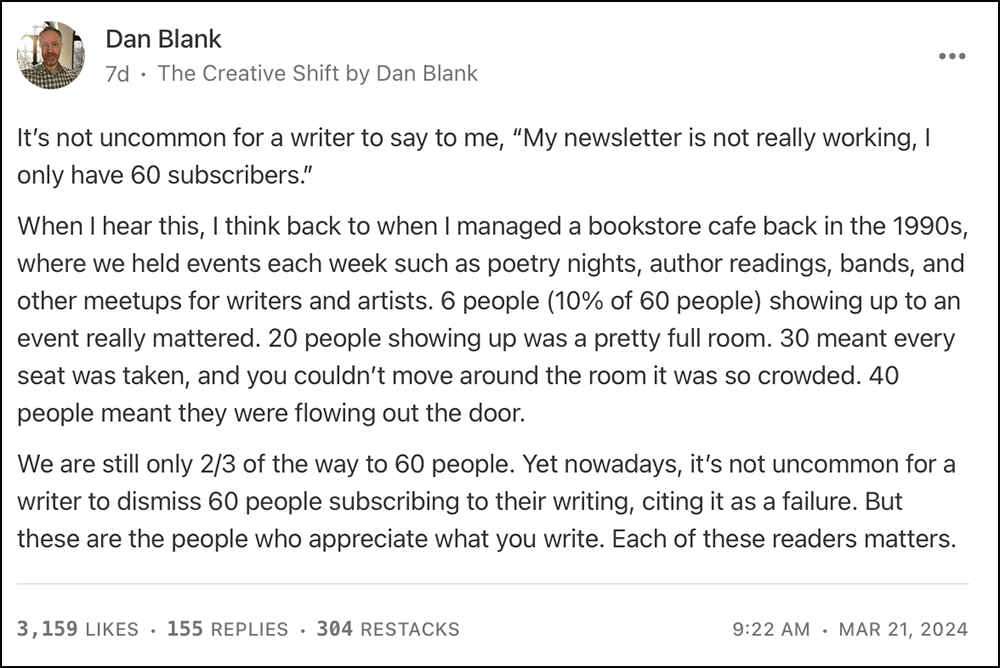
Like many people, it’s easy for me to be enamored with the idea of reaching a lot of people. So when I see those numbers, it’s a shock. I have sent out this newsletter every week for close to 19 years. That is nearly 1,000 weeks in a row of showing up, writing what I am passionate about, clicking ‘publish,’ and repeating.
Over the years, I have been incredibly fortunate to have developed a wonderful community of readers. Every single reaction I’ve ever received about my writing has felt special to me.
Yet, there have been plenty of weeks that something I was certain would resonate with people landed with total silence. No emails back, no comments, no reaction on social media. Now, this of course, is totally fine! I get deep value in writing itself, and I don’t feel that anyone is obligated to reply.
So when I opened Substack at 4:55am last Friday, a notification of 77 alerts jumped out at me. I instantly took a screenshot, because I was thinking, “Um, what is happening here?” Usually there are maybe a few alerts in the morning.
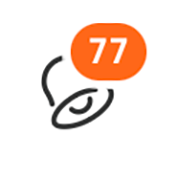
At that time, the Note from above had 741 likes, 96 shares, and 54 replies. Each day, it kept growing. Here is a little chart of the growth of Likes over the course of a week:
- March 22: 741
- March 23: 1,778
- March 24: 2,271
- March 25: 2,581
- March 26: 2,851
- March 27: 3,016
- March 28: 3,155
- March 29: 3,291
It just kept reaching more people. These numbers are an order of magnitude bigger than what I’m used to for a Note.
Yet, my experience this week has not been about numbers at all, but instead about meaningful connections with real people. Each day, I would spend time reading every comment, replying to each of them, and in many instances, looking at the profiles/Publications of the people who commented. This was a deep gift provided to me, to connect with those who not only resonate with what I write, but who create and share as well. Here is an example from another Note I shared:
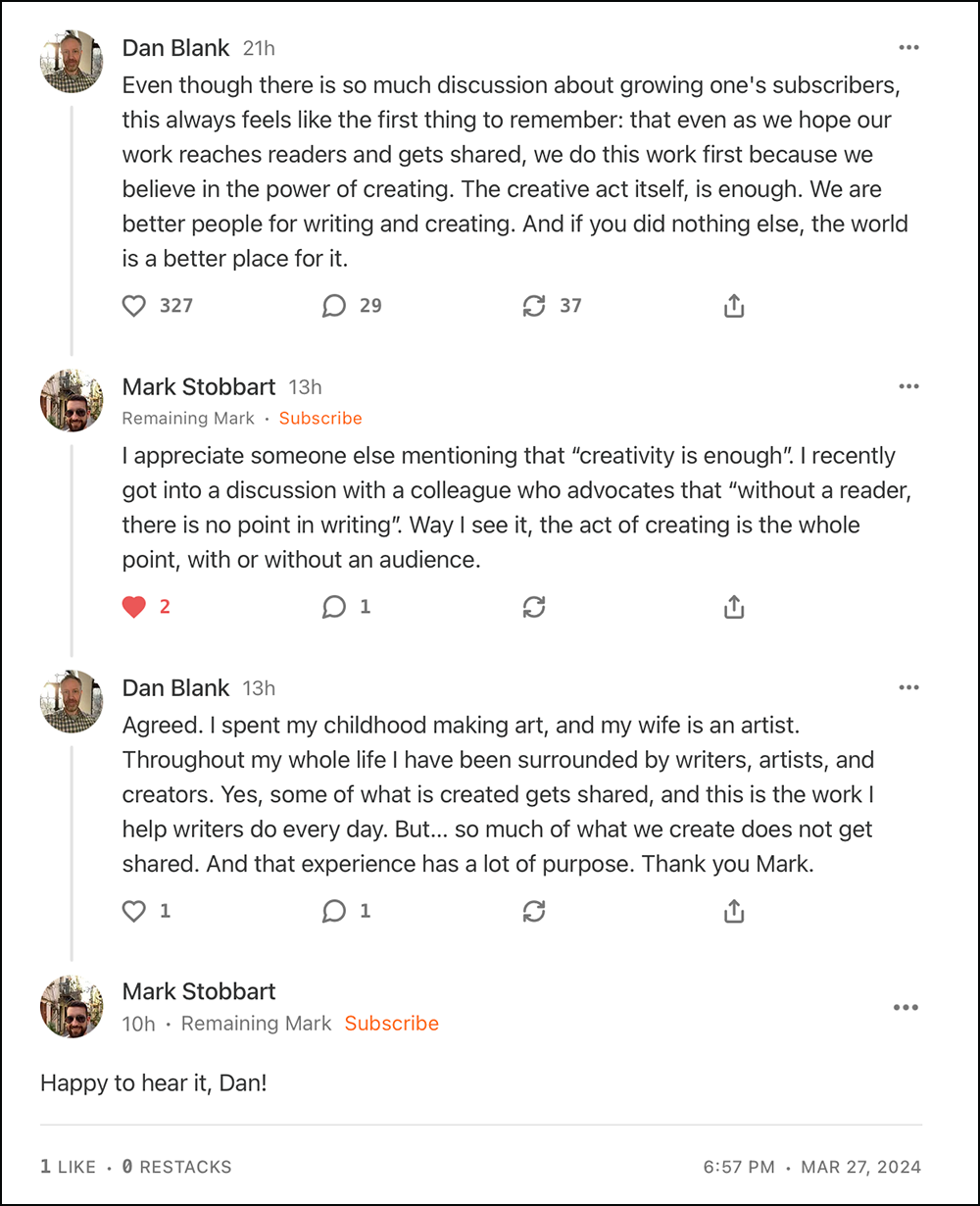
In many instances, what I reply back is simple “Thank you!” But one thing I try to always do is include the person’s name. I do this to help people feel seen. I think there is a big difference in hearing, “Thank you, Dan” versus just “Thank you.” Both are wonderful, but in a busy world, including someone’s name helps them feel seen and appreciated. And I deeply believe this:
Helping someone feel seen and heard is one of the greatest gifts you can give them.
Throughout the week, I would sometimes say people’s names aloud as I typed them. This wasn’t a week filled with numbers, it was filled with people:
- Ruth
- Praneth
- Patrizia
- Jasjit
- Faye
- Kristi
- Chanél
- David
- Zipporah
- Rebecca
- Temitope
- River
- Istiaq
- Nina
- … and so many others
I always appreciate when someone has a profile photo, because it allows me to see their lives a bit more. To consider that this person — who is incredibly busy — paused to take the time with me today.
Some people said that my Note encouraged them to keep writing, or publish what they write, or to shift their mindset in some way. These are moments that truly matter in our lives. For me, this week has mostly been about awe — just feeling so fortunate to be connect with writers and readers.
I would imagine there may be someone out there reading this thinking, “I can’t spend my whole day chit chatting with people, my writing needs to support me and my family. Did ‘going viral’ have any other impact in terms of growth?”
So let’s talk about metrics. The one that most people on Substack would want to know about is, “Was this just a feel-good moment for you, or did you actually gain new subscribers?” I did, actually.
From March 20th to 27th I gained 447 new subscribers. As comparison, that same week last month, I gained 104 new subscribers. This is what that moment of conversion from being unaware of me, to becoming a subscriber looked like for one person:
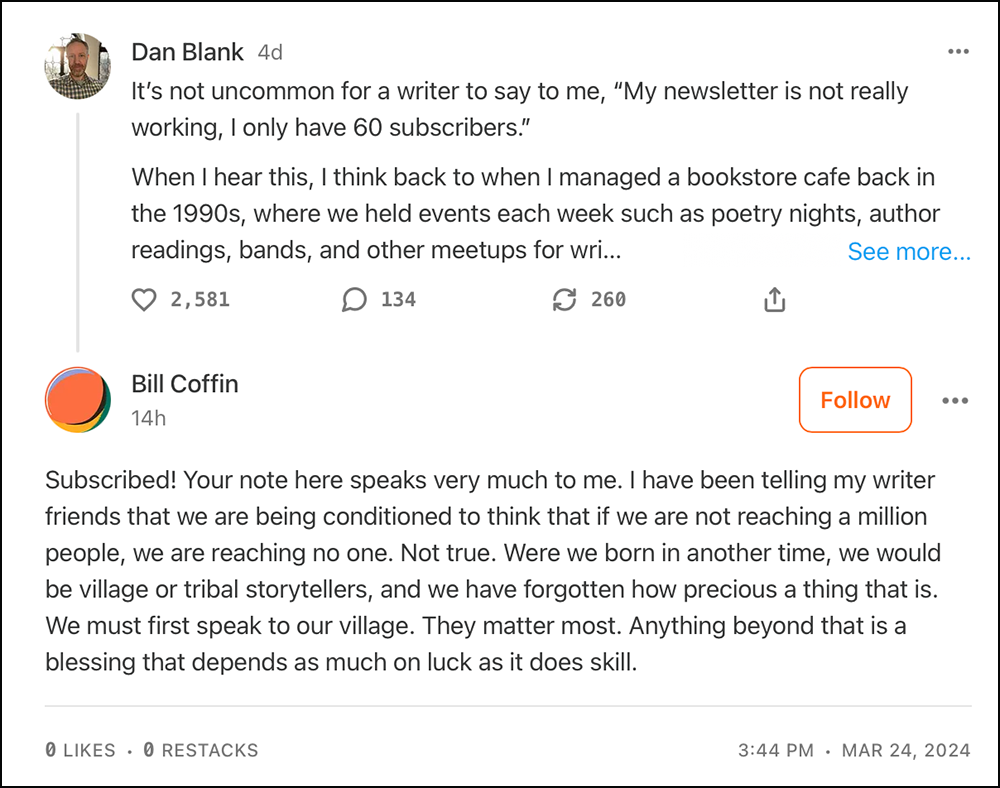
But that isn’t the only thing I did this week or that could have impacted my subscriber growth. I posted another essay last Friday (“What artists in their 90s are teaching me”), a new video for paid subscribers on Tuesday (“An introverted writer’s guide to sharing”) and a new Note each weekday. Also, the wonderful Jennie Nash mentioned me in a recent post. Plus, years of sharing and engaging with writers would have potentially brought someone to my work on a random Tuesday afternoon this week.
Oh, and something that isn’t talked about as much is that every week people unsubscribe! Every single time I click “publish” on a new post, I see a dip in my subscriber count because for some people, they realize, “It turns out, what Dan shares isn’t exactly what I need right now.”
So when a person subscribes, this is the start of a journey with that reader. Someone who subscribes to me from a single short Note is not yet familiar with what I write about each week. It may not be a perfect fit for them. When I click “publish” on this very essay, I know that people will unsubscribe. That is normal, and I (of course) honor each person’s decision about where they put their attention.
Every day, I work with writers helping them develop their platforms, connect with their readers, share what they create, and launch their books. One important aspect for many creators is the moment of “conversion,” which is a marketing and sales term to describe when someone who is aware of your work becomes an actual customer. They pay for your Substack, they buy your book, etc. So in the context of “going viral,” we should also talk about conversion rates.
Earlier this month I was talking with my wife about art in our kitchen, which is super common for us. She’s an artist, and we must have been talking about Instagram because I had the app open on my phone. Then, a video popped up and and I was intrigued. The caption said, “day 4 of showing my art until I find my people.” Since my days are spent helping creators do this, I was curious. But then I saw that her video has been liked by 221,174 people (a huge number!), including someone I know.
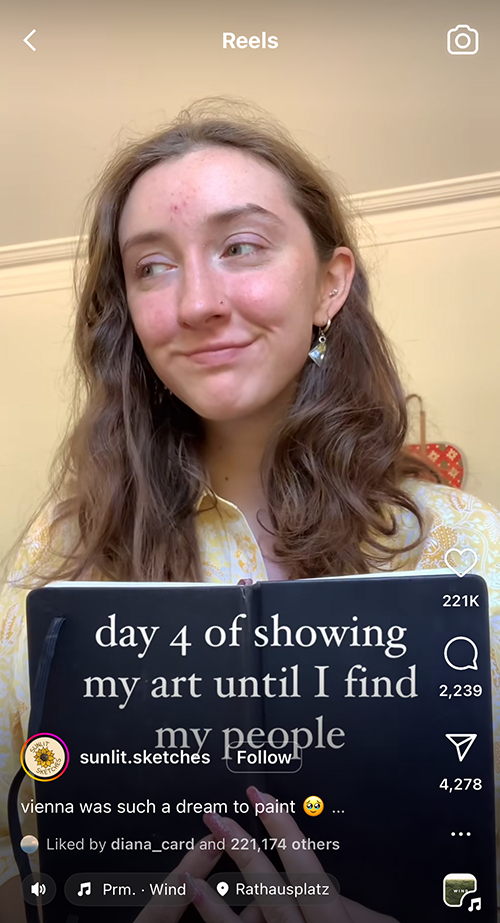
From what I can tell, she is a university student in Australia, and this series of videos that she started went viral for her. You can see her Instagram here. When I first clicked on her profile, she had 23,900 followers, but I could tell that she likely had much fewer — maybe hundreds not thousands — only a few short weeks ago.
I checked in on what she shared throughout this month, in order to include in this case study. Each day, her number of followers jumped:
- March 17: 23,900
- March 19: 28,600
- March 20: 30,100
- March 21: 31,300
- March 22: 32,800
- March 23: 34,213
- March 25: 36,759
- March 26: 37,681
- March 27: 38,155
- March 28: 38,589
- March 29: 38,711
On March 24th, she opened her Etsy store to be able to sell stickers and prints of her artwork to her newfound fans. With nearly 40,000 followers, how many of her $2.50 stickers and $5.75 prints do you think she has sold in five full days?
Six items total. Is that more than you thought? Less?
Likewise, Etsy is a major marketplace where people purchase art and prints from creators. How many people do you think became followers of her shop on Etsy (they call it “Admirers”)? 25.
Since she is in Australia, I wanted to make sure that she did indeed ship overseas and that the cost wasn’t prohibitive, in case that was keeping people from buying. I put 7 items in the basket, totaling $42 Australian dollars, and the total shipping cost to me in New Jersey was $14.50 AU. That was less than I expected, and when I converted to US dollars, it was $36.50 total including shipping.
Which is to say making people aware of your work takes time, and developing a meaningful enough relationship to where they want to support you financially takes time as well. This is nothing new. It was difficult in the 1940s, difficult in the 1970s, and difficult today.
If you are a writer hoping to raise awareness of what you create, don’t be discouraged if it takes time for people to subscribe, to become paid subscribers, or to purchase your books. How you share is a craft, how you connect with readers is a relationship built on trust. All of this takes time.
What can you do to help encourage this process? How can you help people become aware of your work? Some ideas:
- Create. This is always the first step. And I will say this, I have spoken to many writers who desperately want to grow their audience of readers, but who haven’t written in months. I don’t say this to judge them, but to encourage you to infuse writing and creating as a part of your daily life.
- Share frequently. Show up in the channels that your ideal readers may be. For me, that has been Substack. For the artist mentioned above, that is Instagram. And she did the difficult thing: creating Reels, which are those vertical videos that Instagram really wants to promote. I’m sure that wasn’t easy for her, which is probably why she started that daily challenge to share her artwork. How you define “frequently” is up to you. For myself, I share this weekly newsletter, a weekly video for my paid subscribers, and a short Note on Substack (and sometimes other social media) five days a week. That is the right balance for me.
- Show up as a real person and connect with people through emotions. You are unique in this world, and who you are and what you experience can be shared. Set the boundaries you need to with this, of course. But if you look at everything I shared above, all of this is about things I was experiencing or thinking about this month. It all began with curiosity and observation. Celebrate what feels authentic to you, because that is what will engage your readers.
Please let me know in the comments: what is one action you can take in the next week to share what you create? I would love to hear about what you are creating or what you are observing in that process. These are the seeds of what will engage your readers!
For my paid subscribers this week, I shared a 19-minute video on “An introverted writer’s guide to sharing.” You can see a preview and become a paid subscriber here.
Thank you for being here with me.
-Dan

